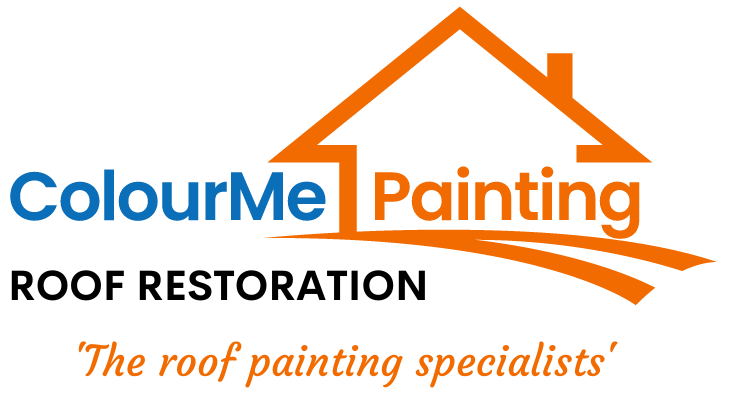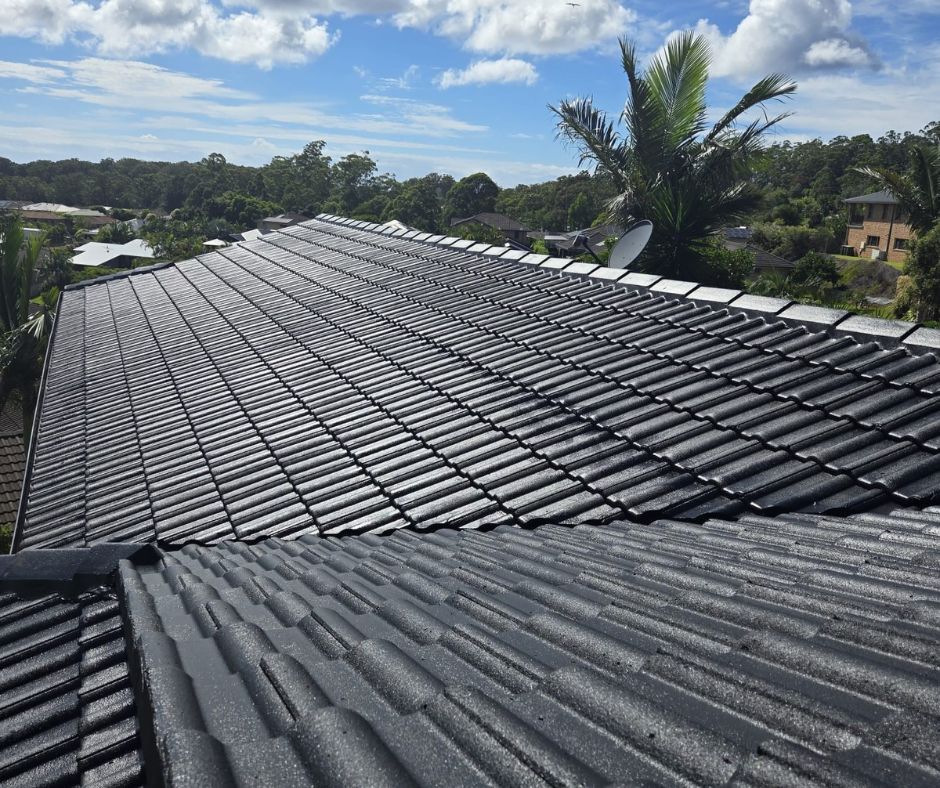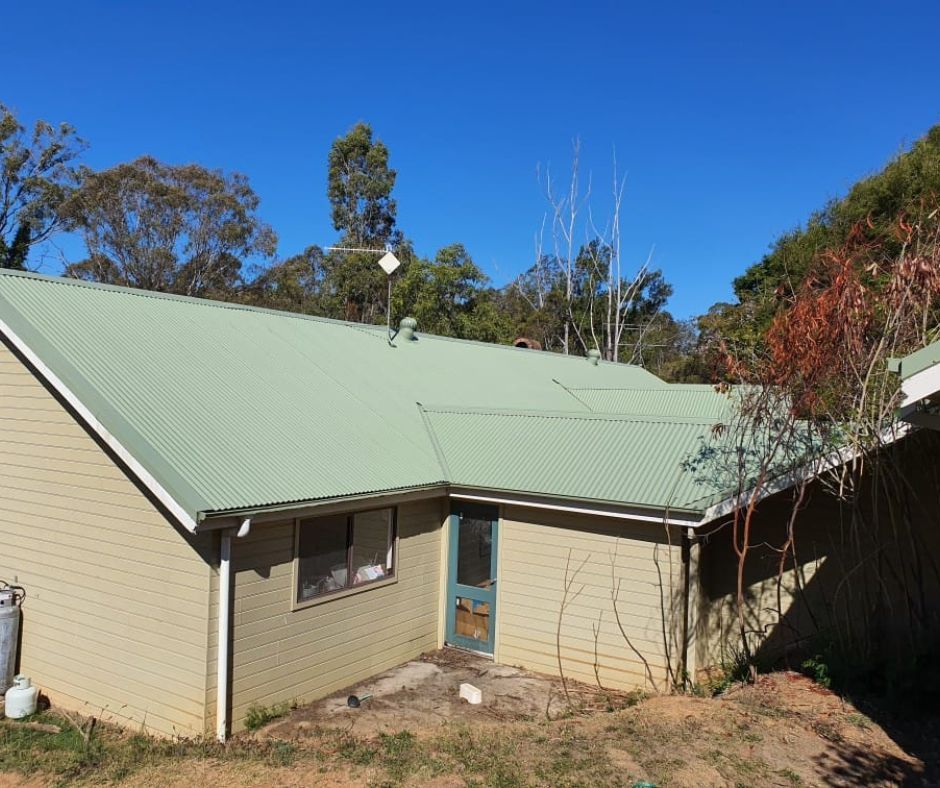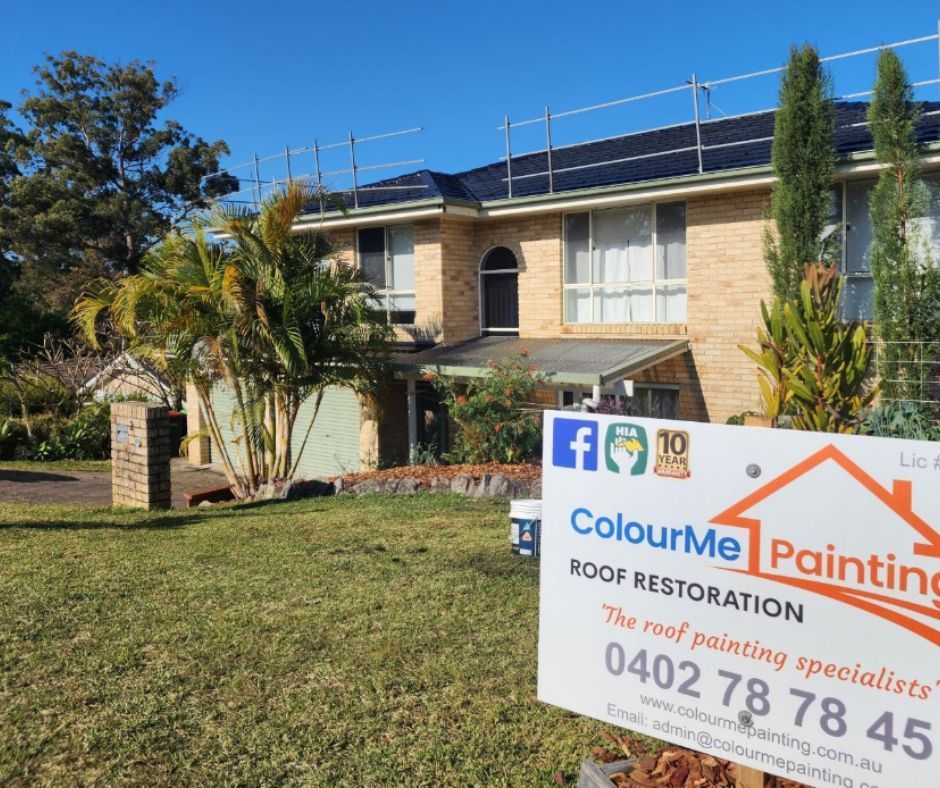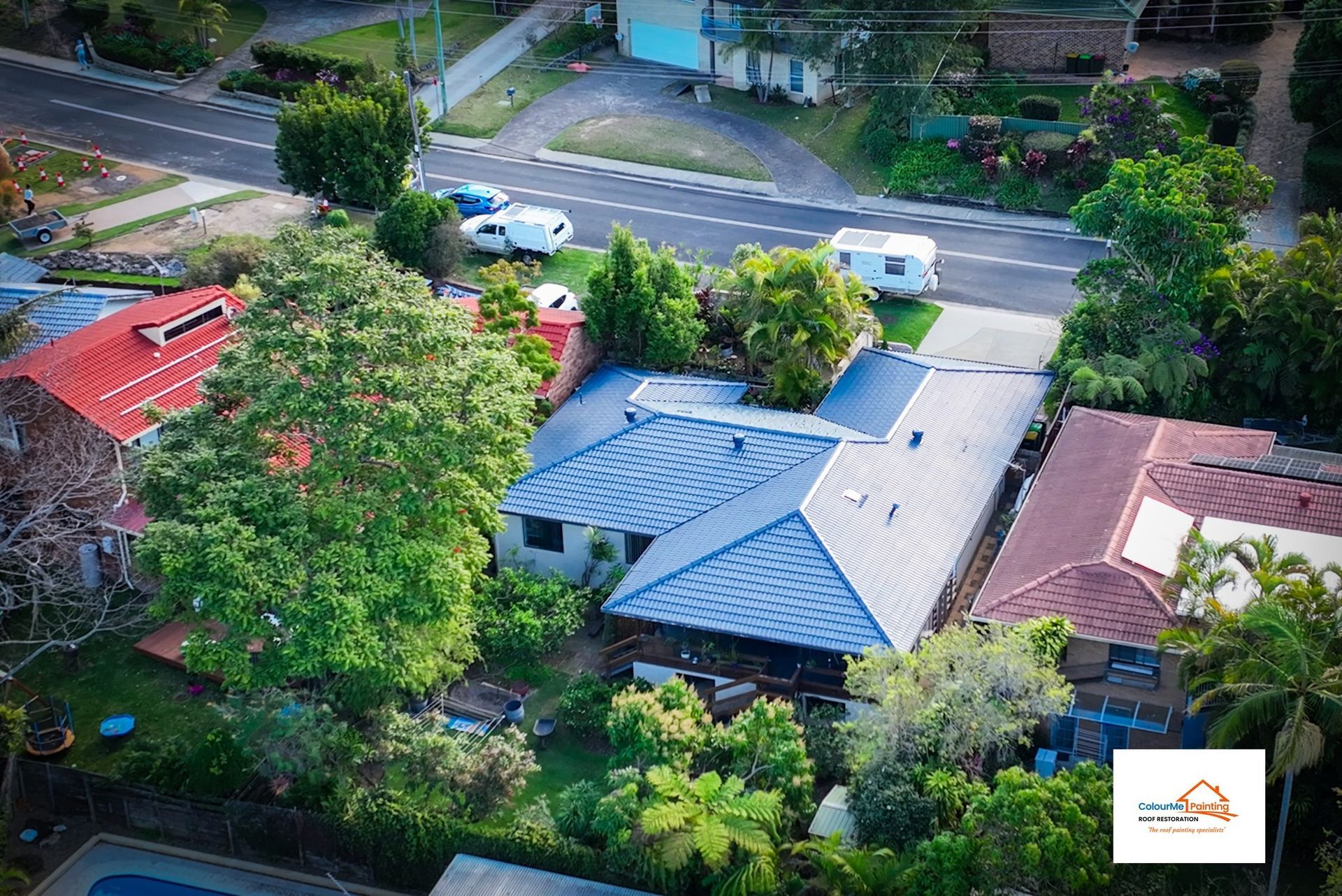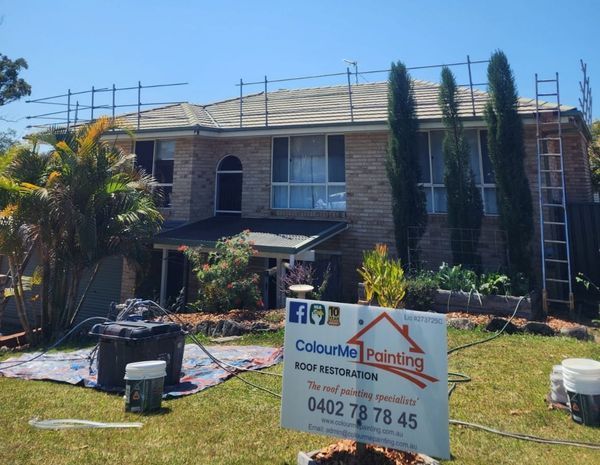You might not think about your roof too often, but it's one of the most important parts of your property. It's also one of the most visible parts, so if it's in good shape, it can be a real asset to the look and value of your house.
But more than that, it needs to be in good condition in order to protect your possessions and keep you safe from leaks. That's why it's important to have your roof inspected regularly—and if you notice any issues with your roof, it's best to get them addressed as soon as possible.
Roof restoration can be a big investment, so it's important to make sure you know what you're getting into. When you are considering restoring your roof, it is essential to understand bedding and pointing. Bedding and pointing are two of the most essential parts of restoration that will ensure your roof lasts for years to come.
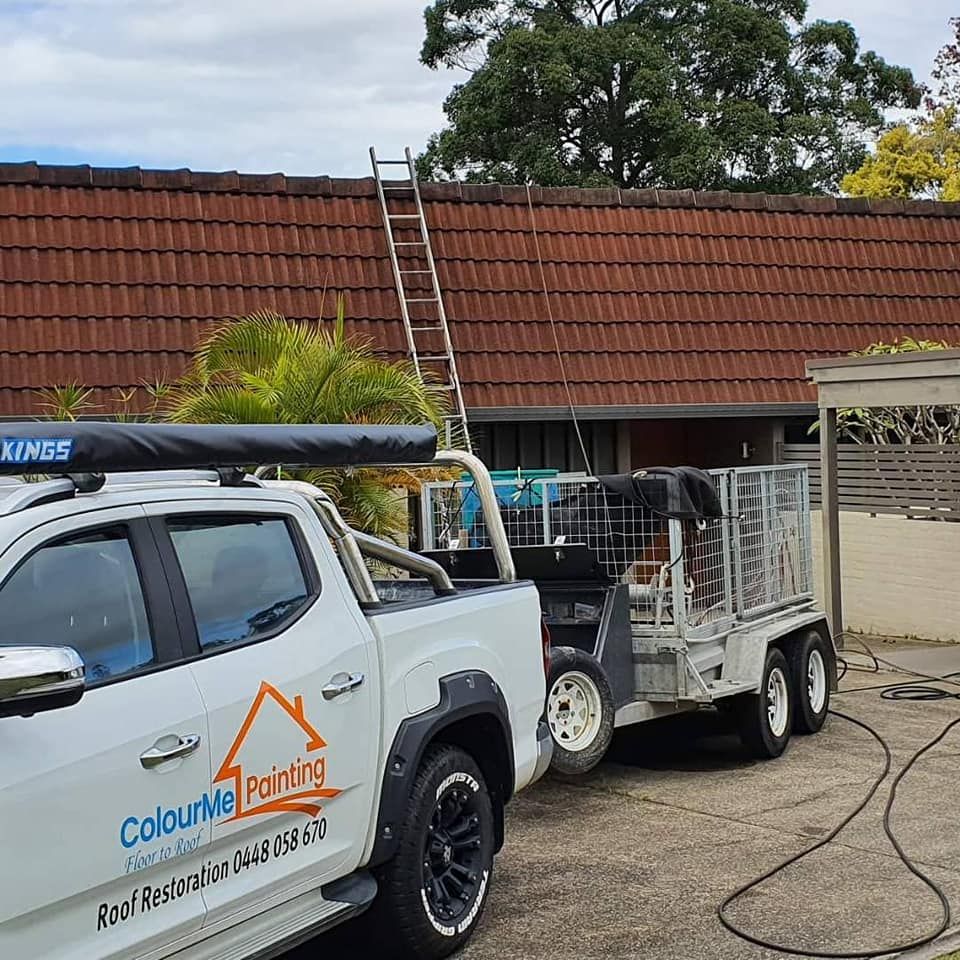
What is Roof Bedding and Pointing?
Roof bedding is the laying of mortar on a roof structure in order to hold roof tiles and ridge caps in place. Bedding mortar acts as a base for roofing tiles or slates, providing a level, stable surface for them to be laid onto. It also seals any cracks between the tiles, preventing water from getting into the building.
It also improves the lifespan of your roofing system by reducing wear and tear from wind and rain, which helps keep your roof looking new for years to come.
Roof pointing, on the other hand, is a compound that bonds the roofing tiles and ridge caps. It is also used to repair damaged or cracked mortar joints.
It is an important part of any roofing project as it ensures that your home's structure will last for many years to come. In addition to protecting your home's structure and value, it also helps to prevent leaks by keeping water out of your home's interior.
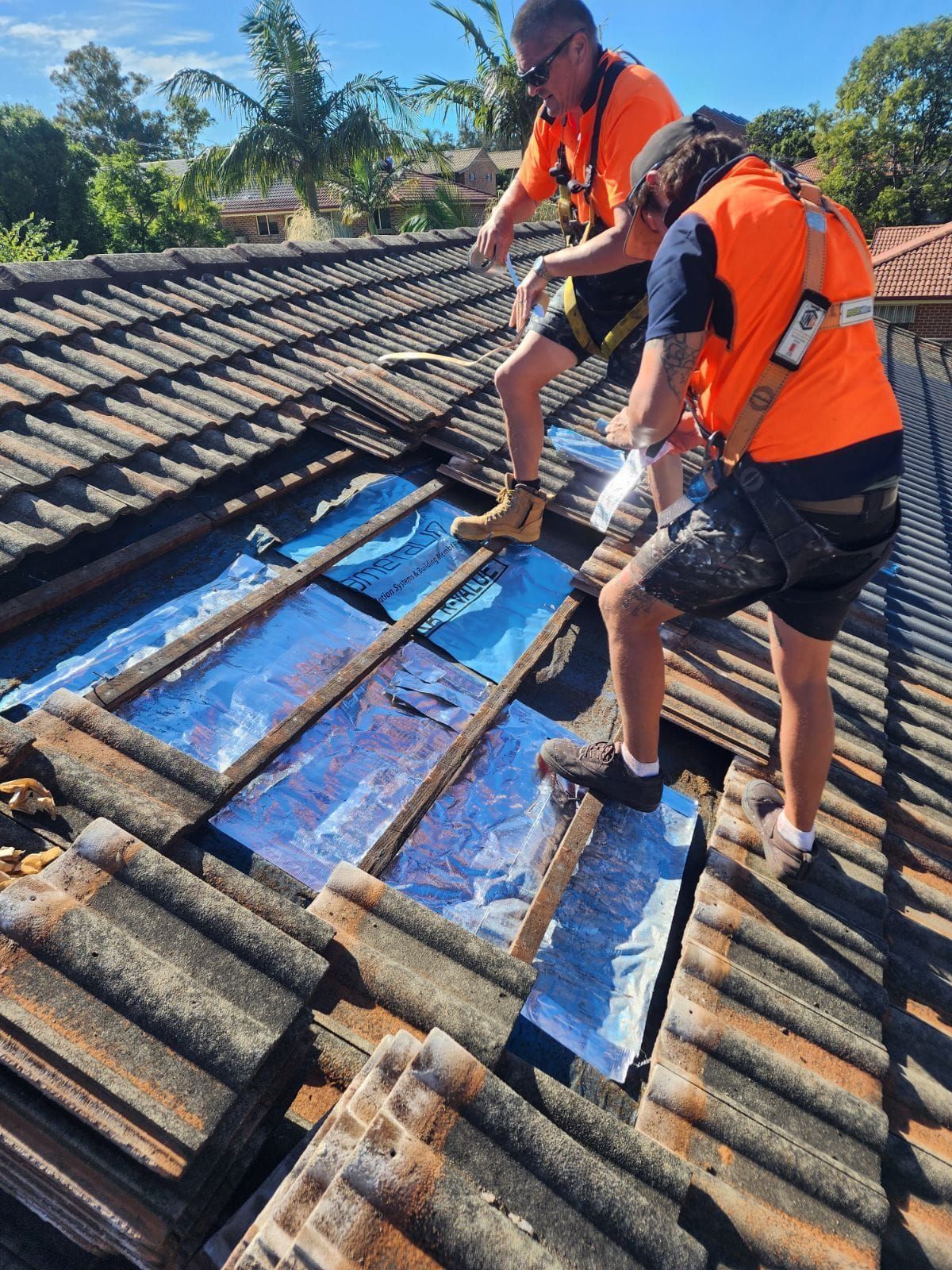
Why You Should Care About Roof Pointing & Bedding?
Roof pointing and bedding are two essential parts of roof maintenance that most homeowners overlook. If you don't take care of these two things, your roofing could be in trouble.
We've outlined some of the purposes of roof bedding and pointing below:
Roof Bedding:
- Protects against water damage
- Stabilises the roof structure
- Prevents leaks and other water damage
- Reduces noise caused by the wind whipping across the surface of your roof
- Prevents formation of mould due to leaks
Roof Pointing:
- Prevent water ingress and allow your roof to remain leak-free
- A new layer of mortar will extend the life of your roof
- Make your property more attractive to buyers if you're planning to sell it
- Maintain the structural integrity of your roof
- Promotes Energy-efficiency in your property
- Increase your roof’s lifespan
- Cost-effective
Roof Bedding and Repointing Process
Roof bedding and repointing are both essential to roof restoration. They are different processes that have the same goal: to restore your roof.
Although not all roof restoration companies have the same processes, here's a basic rundown of how rebedding and repointing work:
Schedule a Professional Roof Inspection
While it's possible to do this work yourself, it's not recommended unless you have experience in this area. An expert will be able to tell if your roof needs re-bedding and how much work it will take.
That is why it is advisable to consult a roofing restoration expert. They'll also be able to tell if there are any other problems that need attention before proceeding with the job.
Inspection
An inspection of your roof is a critical first step in determining if you need to rebed and repoint your roof. A roof inspection will help you determine the condition of your roof, how much it will cost to repair or replace it, and whether any repairs are needed right away.
The inspection of your roof is important because it allows you to know what needs to be repaired before any work begins. During this phase, you will also receive a quote for the cost of your roofing restoration.
Removing Old and Damaged Ridge Capping / Roof Cleaning
If you wish to proceed with the restoration after knowing the quotation, then your contractor will prepare the materials and equipment for roof restoration.
They will also start to remove the damaged ridge capping and roof tiles. This is done by scraping off the old material, then cleaning the roof. The purpose of this step is to remove any loose material that could fall into the new bedding mortar during installation.
Laying Down New Bedding and Installing the Ridge Caps
Adhesive cement is laid carefully before each ridge cap tile is re-seated precisely into position.
Roof Repointing After the Mortar Solidifies
Once the mortar has dried, the ridge caps are then repointed. Using a flexible mortar compound, all the crevices are filled producing a professional finish that can be admired from ground level. This is something we commonly do as a part of our roof repair service.
Applying Primer and Paint
After the repointing process is complete, a primer and paint can be applied to the roof. This will help protect the new mortar bedding and roof tiles and keep it from getting damaged for years to come. This process also enhances the look of your roof thus, helps increase its value if you are planning to sell your property.
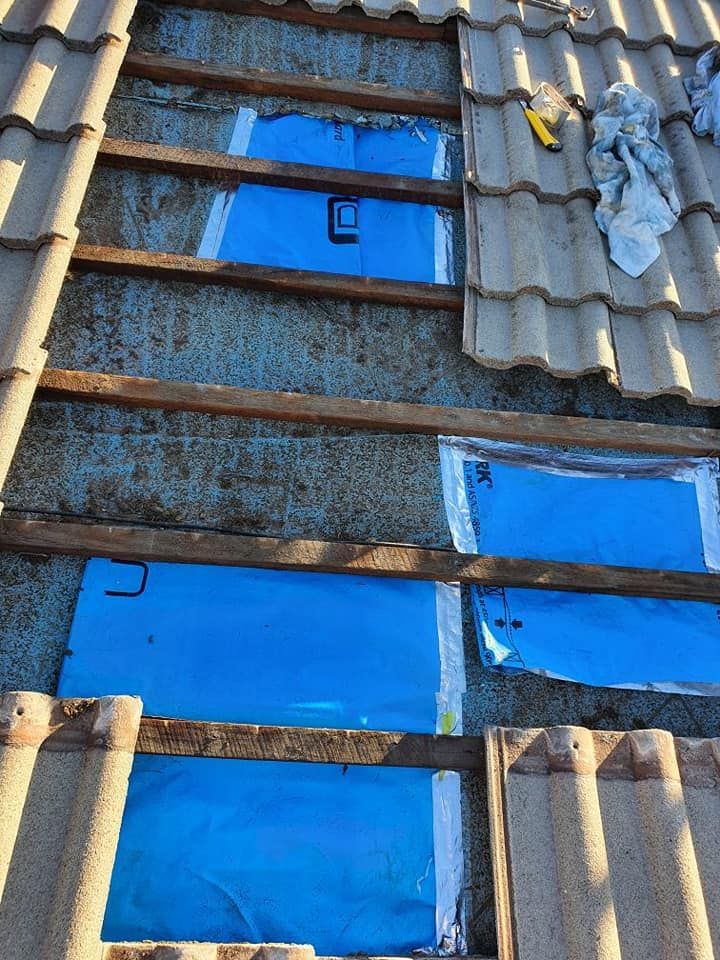
How to Tell If Your Roof Needs Rebedding and Repointing?
If you're not sure if your roof needs re-bedding and repointing, here are some signs that will help you figure it out:
- Cracked or broken roof tiles
- Gaps in between the tiles where water might collect
- You've noticed black spots on your ceiling or walls—these could be mould caused by moisture getting into the house through cracks or holes in the roof
- Loosening of roof tiles
- Sagging of your roof or damage to insulation
- Damage to The Flashing or visible skylights
If any of these things look familiar, check with a
professional roofer right away!
They'll be able to tell whether or not it's time for new bedding or they need to do repointing around each tile's edge so that water can't seep through any cracks in between them anymore!
How much does Rebedding and Repointing Cost?
If you're looking to repoint your roof, the cost of the work will depend on several factors:
- Location
- Extent of damage
- Size of your roof
If you are looking for the most reliable roof rebedding and repointing specialist, look no further than ColourMe Painting Roof Restoration! We have been providing these expert services since 2005 and have built a great reputation in the local community, a testament to our high quality of our work.
We understand how important your property is to you, which is why we make sure that every job is completed with care and attention to detail. If you have any questions or would like more information about our services, please do not hesitate to
get in touch with us today!
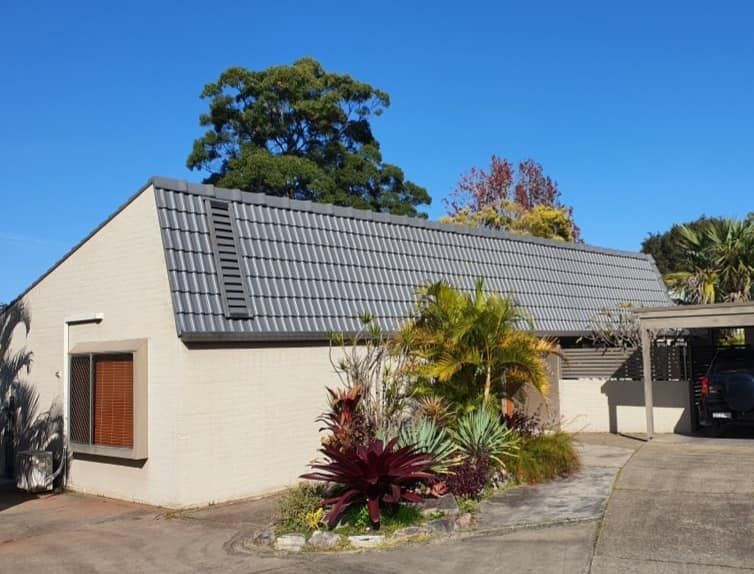
Let’s talk about your project
Fill out the form, or call us to arrange a free roof assessment and written quote
